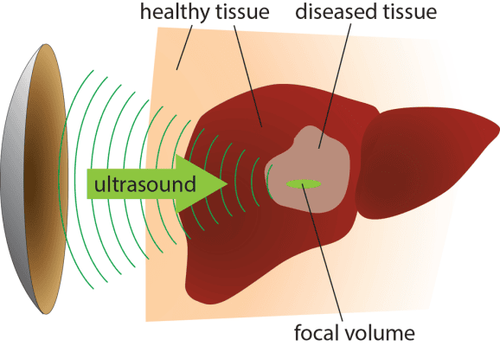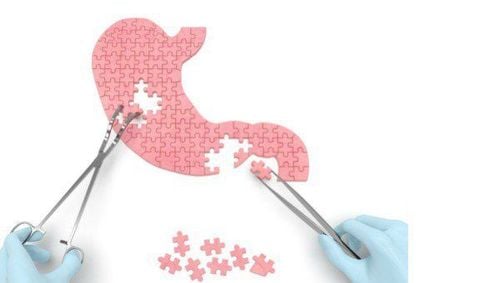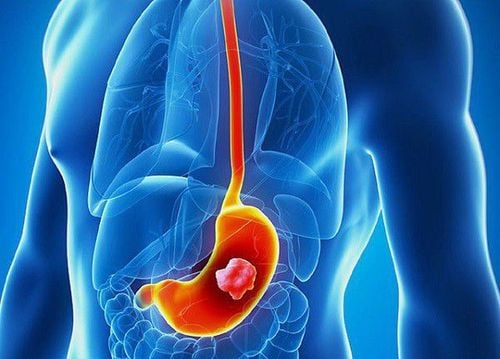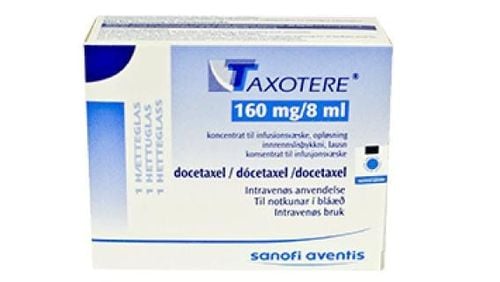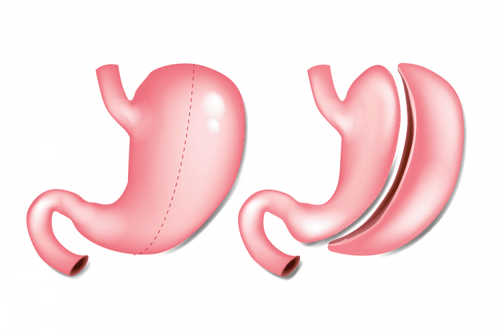This is an automatically translated article.
Dumping syndrome often occurs in patients who have undergone gastric cancer surgery by partial or total gastrectomy. This syndrome causes many impacts on the health and life of patients, so it should be diagnosed and treated early.
1. What is Dumping Syndrome?
Dumping syndrome includes symptoms that can occur after a patient has surgery to remove all or part of the stomach. This syndrome, also known as rapid stomach emptying syndrome, is caused by undigested food moving into the small intestine too quickly.
Symptoms of Dumping syndrome usually appear immediately after eating, but there are many cases where symptoms can occur 1-3 hours after eating with the degree of severity ranging from mild to severe.
According to some studies, about 25-50% of patients after gastrectomy have manifestations of Dumping syndrome with the time appearing after surgery from a few months to half a year, of which about 1-5 % showed severe and persistent symptoms. There are a few cases where the disease turns chronic.
2. Manifestations of Dumping Syndrome
Dumping syndrome includes the group of early symptoms and late symptoms
2.1. Early symptoms These symptoms usually occur during or 15 to 30 minutes after a meal. The reason is that food enters the small intestine too quickly, leading to the attraction of a corresponding large amount of liquid into the intestine, causing the intestine to be stretched and painful. Early symptoms of Dumping syndrome include: Nausea, vomiting, abdominal cramps, diarrhea,...
2.2. Late symptoms Usually appear 1 to 3 hours after eating due to a significant increase in blood sugar. The pancreas recognizes and responds by secreting large amounts of insulin to absorb this excess blood sugar. However, if the pancreas produces too much insulin, it will lead to hypoglycemia. Late symptoms include:
Feeling tired, shaking hands and feet. Excessive sweating Stress, anxiety Dizziness Dizziness Diarrhea Tachycardia Low blood sugar Some people experience only early or late symptoms, but many people have both. In severe cases, the patient has prolonged symptoms leading to malnutrition due to anorexia and weight loss. It can also have a huge impact on everyday life.

Hội chứng dumping khiến người bệnh gặp tình trạng tiêu chảy
3. Diagnosis of Dumping Syndrome
To determine if a patient has Dumping syndrome, doctors can use diagnostic methods such as:
3.1. Take the history and examine the symptoms This is a very important step in making a diagnosis. Your doctor will consider whether you have had surgery on your stomach or other parts of your digestive system, and will examine you for your signs and symptoms. From there, it is possible to predict the cause of Dumping syndrome.
3.2. Blood glucose testing The symptoms of hypoglycaemia of Dumping syndrome occur 1-3 hours after eating, so a postprandial blood glucose test at the peak time will have a high diagnostic value.
3.3. Gastroscopy Endoscopy uses a reflector added to food to check how fast food is moving to the stomach and small intestine to diagnose Dumping syndrome.
4. Treatment of Dumping Syndrome
Most cases will clear up on their own after about 3 months. However, during that time, the symptoms will be uncomfortable and affect the patient's daily activities. Therefore, the doctor can intervene to relieve symptoms with the following measures:
4.1. Eat a more sensible diet Split into several meals a day: This habit helps the stomach become neither too hungry nor too full, resulting in slower food flow to the small intestine and sugar production. also reduced to help improve the syndrome. Do not drink water before and after meals: Drinking water before or right after a meal helps speed up the digestion of food and increases the amount of food entering the small intestine, making the condition worse. Eat slowly and chew thoroughly: Chewing food thoroughly helps to reduce pressure on the stomach, especially for patients who have had their entire stomach removed. As a result, the digestion of food is also more efficient. Change food composition: Do not use a lot of foods with high sugar content such as syrups, candies, sugar, fruit juices, soft drinks, cakes, milk,... Instead, supplement the ingredients. foods such as fish, meat, peanut butter, cereals, oats, etc. are rich in protein. Add more fiber: Dietary fiber in foods slows the absorption of starch and slows down its conversion to sugar, contributing to improving the late symptoms of Dumping syndrome. Increase vitamin, calcium and iron supplements: These are nutrients that are often deficient after gastric bypass surgery. Therefore, it is necessary to supplement with foods from the outside.

Người mắc hội chứng dumping nên có chế độ ăn uống hợp lý
4.2. Medications If dietary changes do not help relieve symptoms, your doctor will consider prescribing octreotide. This is a drug injected under the skin, which works to slow down the rate at which food enters the small intestine, inhibit the release of the hormone insulin to help reduce the discomfort caused by Dumping syndrome with early or late symptoms. However, this is not a recommended measure because it causes some side effects such as nausea, abdominal pain, vomiting,...
4.3. Surgery This is the last resort that people with Dumping syndrome must use when symptoms do not improve with the above treatments.
Dumping syndrome after gastric cancer surgery greatly affects the patient's life. Therefore, when detecting suspicious symptoms, patients should go to reputable medical facilities for timely examination and treatment.
Please dial HOTLINE for more information or register for an appointment HERE. Download MyVinmec app to make appointments faster and to manage your bookings easily.




